From the report's executive summary:
The reorganization of the city’s schools has created a separate but unequal tiered system of schools that steers a minority of students, including virtually all of the city’s white students, into a set of selective, higher-performing schools and another group, including most of the city’s students of color, into a group of lower-performing schools. The extremely rapid growth of charter schools has not improved this pattern.
Three out of five schools are dominated by minorities with fewer than 30 percent of their attendees being white. Of those schools, 84 percent of them are considered "very high poverty schools," where more than 75 percent of students qualify for either free or reduced-fee lunches. Fewer than 20 percent of white students in the New Orleans region attend very high poverty schools (in contrast to 65 percent of black students).
More than 55 percent of the students in New Orleans attend charter schools, which the report insists are contributing to the disparities, in some cases, by skimming better kids by setting high qualifications for incoming students.
They also shape their student enrollments by using their enrollment practices, discipline and expulsion practices, transportation policies, location decisions, and marketing and recruitment efforts. These practices certainly contribute to the selective student bodies and superior performance of these schools.
The Institute of Race and Poverty suggests looking at St. Louis as a model for creating a more equitable school system based on school choice. The Missouri city created a larger school system by combining with surrounding suburbs. Suburban kids may elect to go to urban magnet schools, and inner-city youth can attend suburban schools.
Here's a link to the full report (PDF).
Photo (cc) via Flickr user Editor B









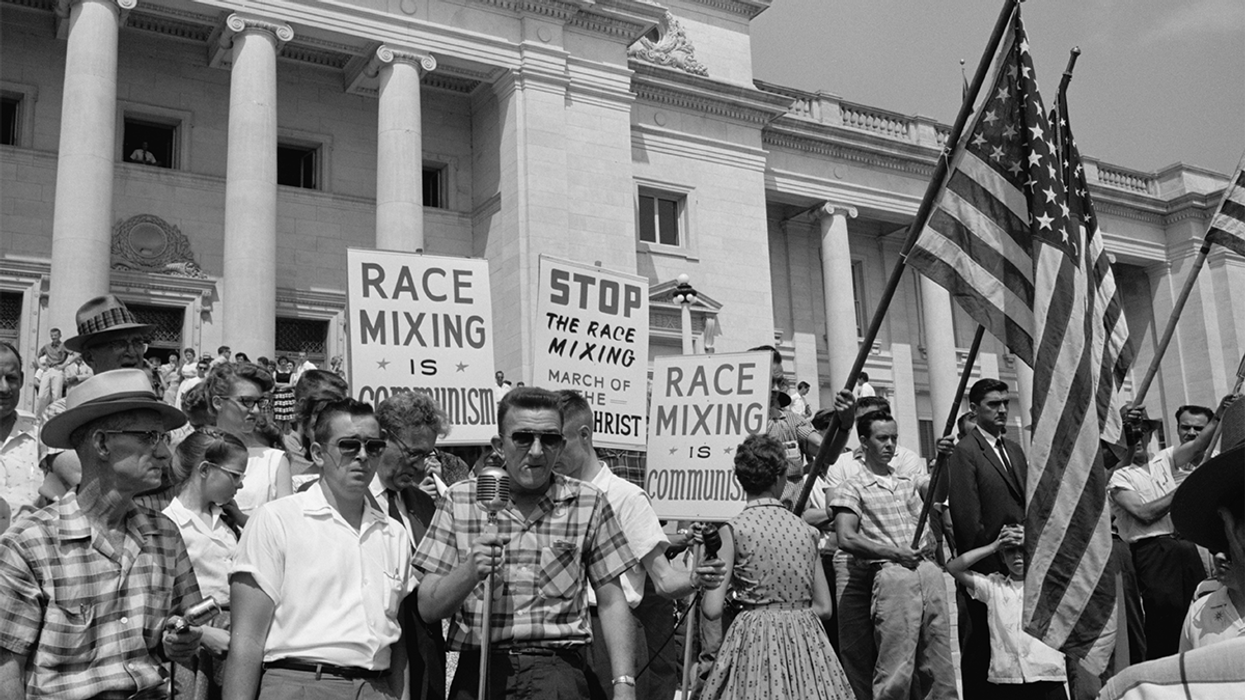
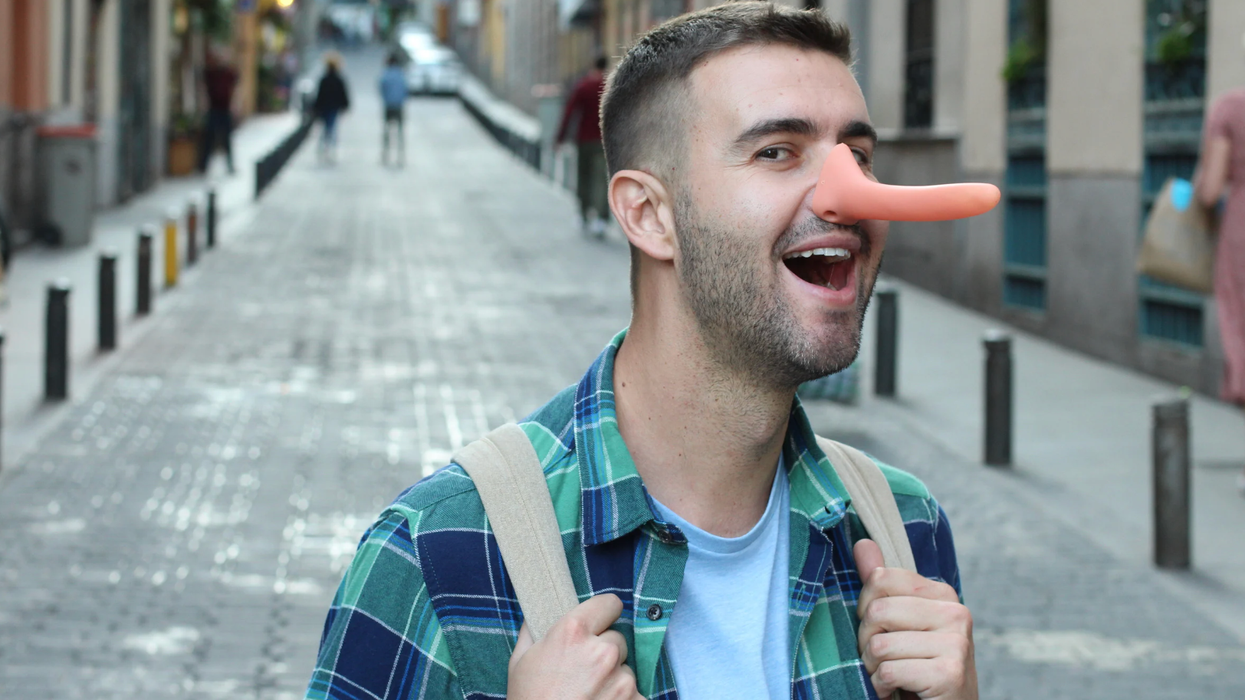
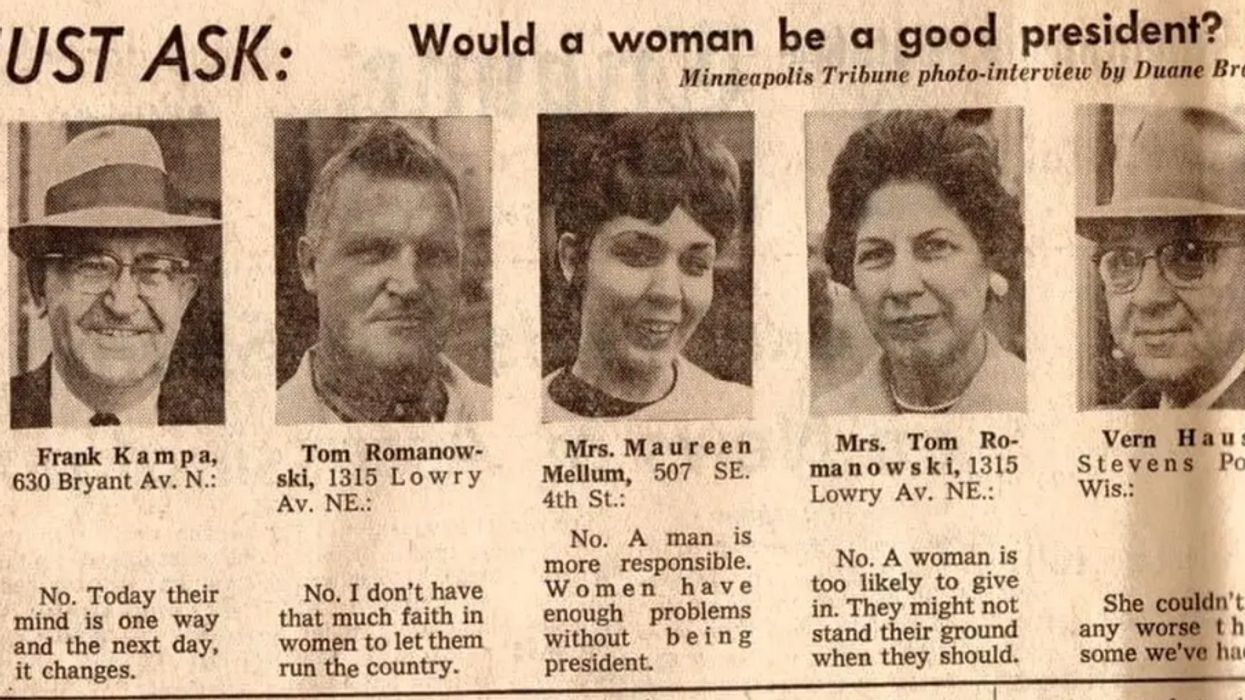
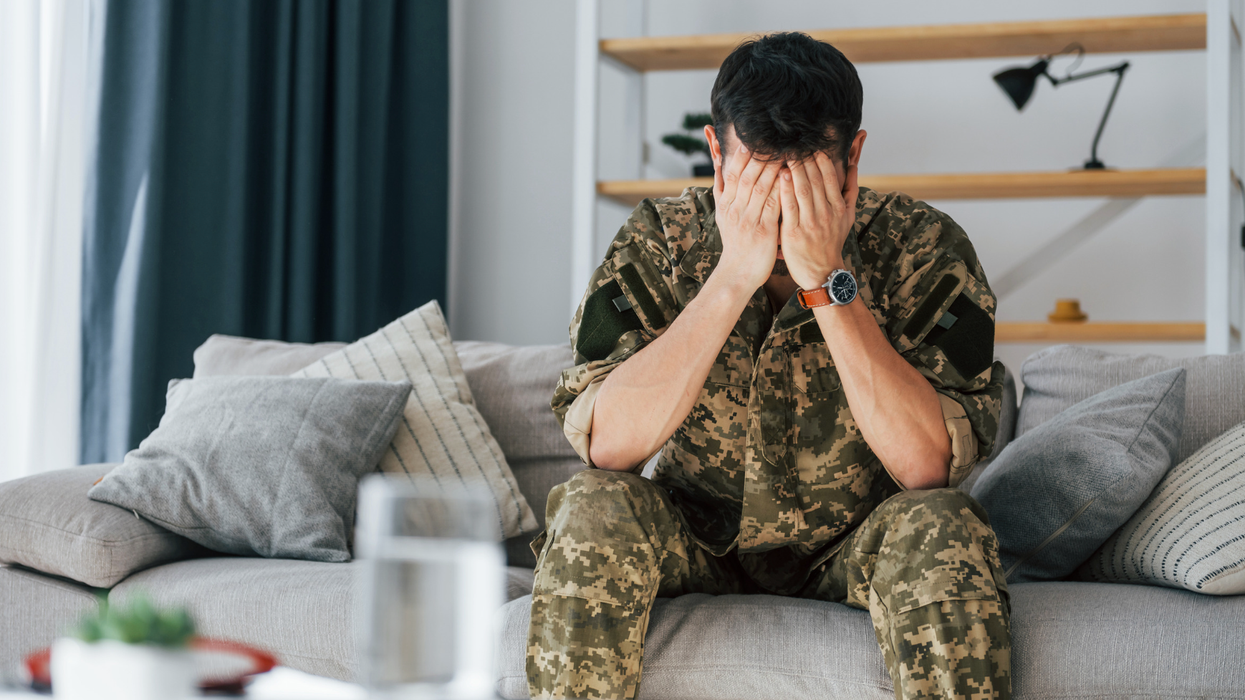
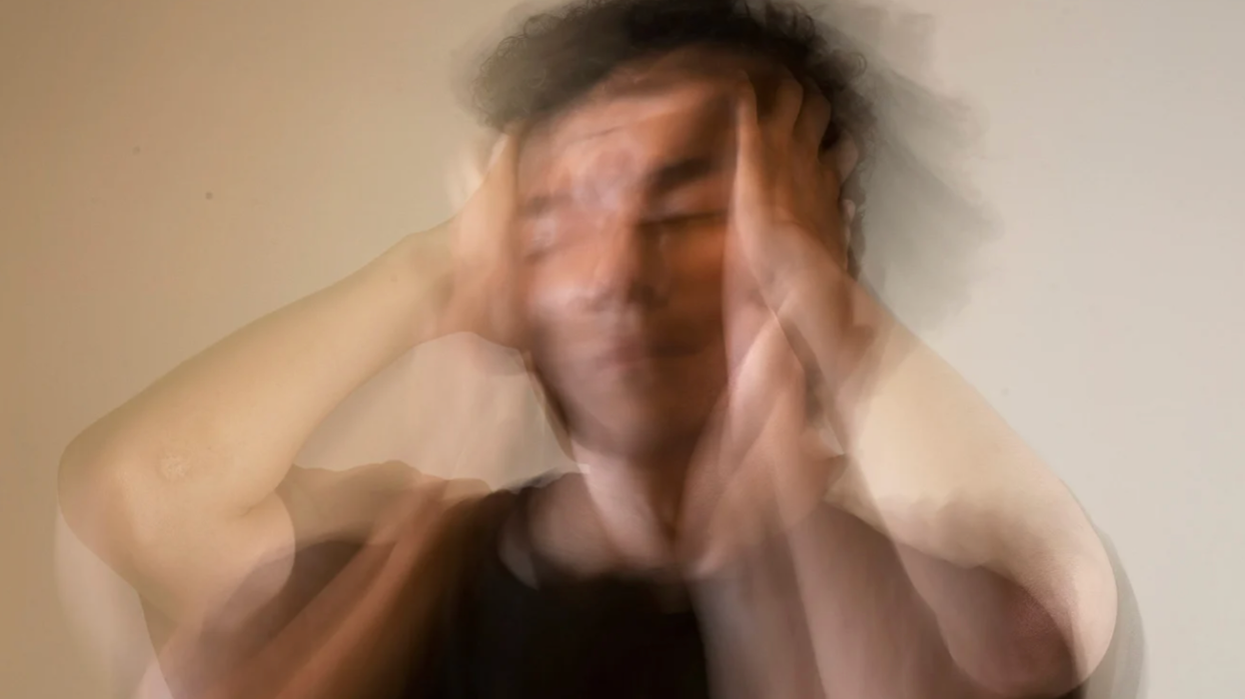

 Otis knew before they did.
Otis knew before they did.